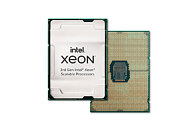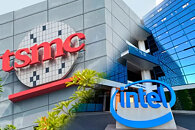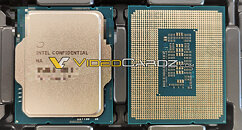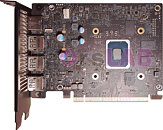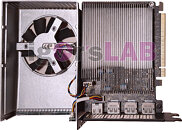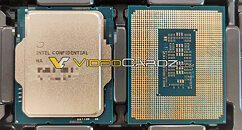
ASUS ROG Zephyrus M16 Pictured, Combines 8-core Tiger Lake with RTX 3070 Mobile
Here are some of the first pictures of the ASUS ROG Zephyrus M16, a high-end 16-inch gaming notebook in development, characterized with its tall 16:10 aspect-ratio display. This display will come in two resolution options—2560 x 1600 at 144 Hz and 1920 x 1200 at 165 Hz. Both displays support 100% DCI-P3 coverage, and are mounted via a 180-degree hinge. Things get very interesting with that's alleged to be under the hood. The 2021 ROG Zephyrus M16 is powered by 11th Gen Core "Tiger Lake H45" processors, with the top SKU powered by the 10 nm Core i9-11900H, an 8-core/16-thread beast. Graphics options go all the way up to the GeForce RTX 3070 Mobile. A PCI-Express 4.0 x4 NVMe SSD is also included. Given its early listings on Amazon, one can expect launch of these notebooks to be right around the corner.






